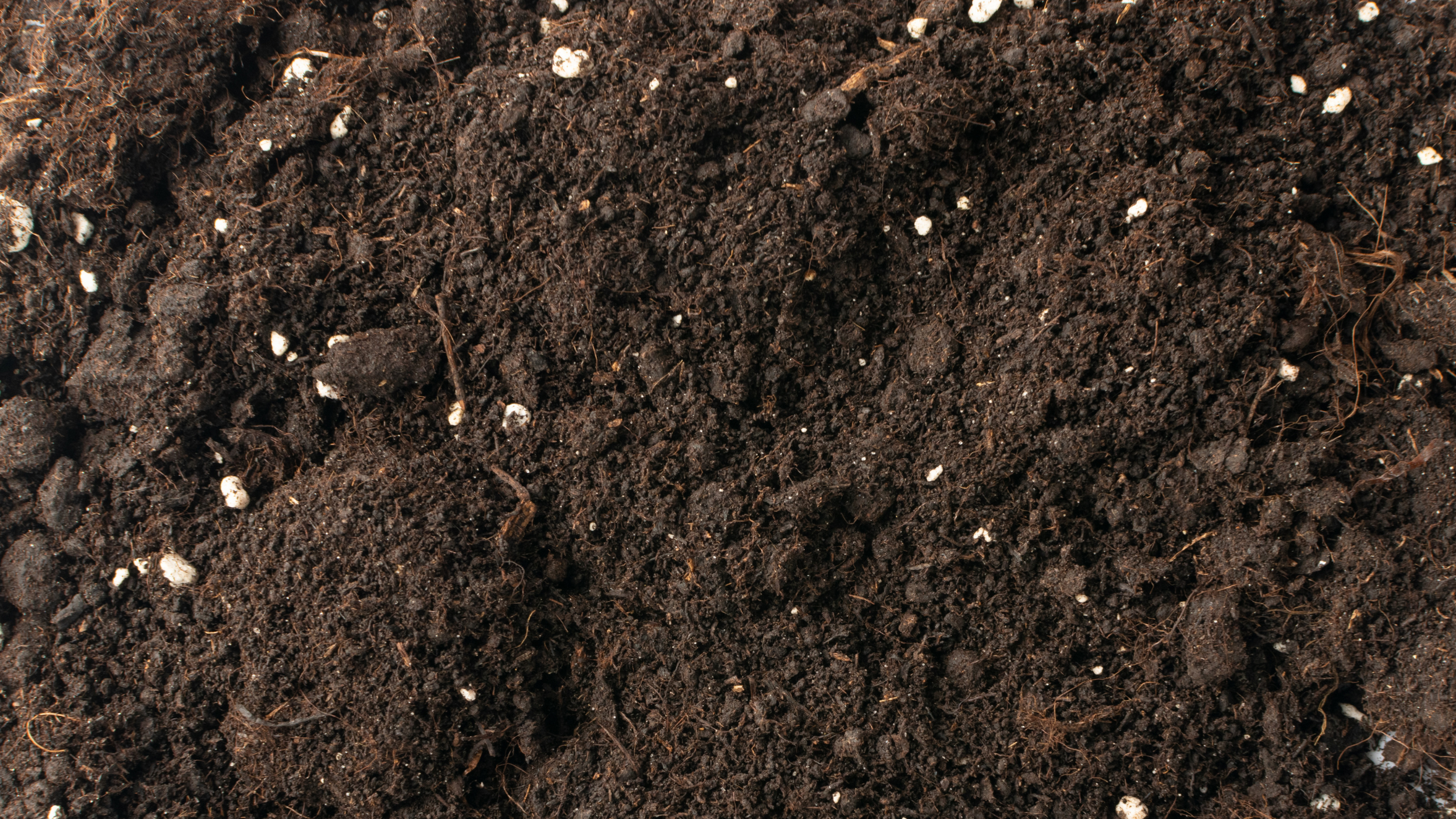
Using Fertilisers
The need for fertilisers—and the type you should use—depends on what you’re growing and where it’s planted. Plants in pots rely much more on your care since their soil is limited, while plants in the ground will have varying needs based on their species and the soil quality.
Taking care of your soil by adding compost and organic materials like mulch makes a big difference to the health of your garden overall.
Fertilisers come in both organic and inorganic forms. Inorganic fertilisers typically have higher amounts of Nitrogen (N), Phosphorous (P), and Potassium (K), often listed as N:P:K on the packaging.
Always follow the instructions on the fertiliser packaging and avoid overusing it, as too much can harm your plants. Whenever possible, we recommend using organic, slow-release fertilisers to provide steady nourishment and support healthy growth.
Getting to Know (Manufactured) Fertilisers
The major nutrients in fertilisers are nitrogen (N), phosphorous (P) and potassium (K). These are usually represented as a ratio of N:P:K The percentage of these elements marked on a packet of fertiliser gives you a way of comparing one fertiliser with another but the secondary and trace (minor) elements are also important, as is the availability of the nutrients to the plants. A complete fertiliser should be one that supplies a well balanced source of all the necessary elements.
Secondary elements like calcium (Ca), magnesium (Mg), and sulphur (S) are also important for healthy plants. Trace elements are essential too, but plants only need them in tiny amounts, and they’re usually present in good soil.
When applying fertilisers, be careful not to place them too close to the plant’s base, as this can cause fertiliser burn. Always water in well to help the nutrients soak into the soil.
Some fertilisers are specially formulated for particular types of plants, with the right balance of nutrients for the best results. For example, fertiliser for grass—which is leafy—is high in nitrogen but should be slow or controlled release to prevent rapid growth that attracts lawn grubs. Fertilisers for flowering and fruiting plants have higher potassium levels. Native plant fertilisers tend to be low in phosphorus, since many native species don’t need much of it.
Manufactured fertilisers come in organic, inorganic, or mixed forms. Organic fertilisers usually have lower N:P:K ratios and act more slowly, which reduces the risk of over-fertilising and harming your plants. Using organic products also benefits your soil, plants, and the environment in the long run.
Manufactured fertilisers, used responsibly, can make quite a difference to the performance of your garden plants, however, what they don’t do is improve your soil structure in the way organic matter does. There is also no increase in your soil materials, and these fertilisers are not supporting soil organisms. For these reasons a combination of adding organic matter to your soil (see Getting to Know Garden Soil) and organic fertiliser application will provide the best long term outcome..
Can’t see what you’re looking for?
In order to bloom, you must grow!
Grow Loyalty Club
Growing points for growing gardens!
Our Grow Loyalty Club is FREE to JOIN and rewards you with points you can redeem on future purchases.


